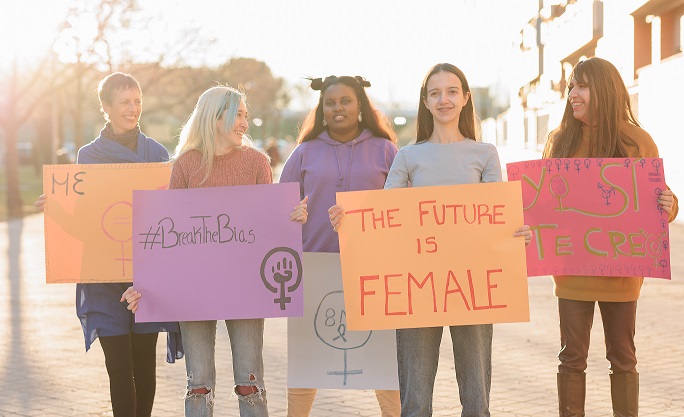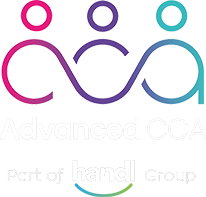Today we celebrate women across the world on International Women’s Day. The worldwide event celebrates women’s achievements – from the political to the economic, and the social – while calling for gender equality. The day has been celebrated since the early 1900s and is now recognised each year on the same date. It is now celebrated in more than 100 countries and whilst great strides have been made, sadly, there remain inequalities between men and women however, on this day women across the world come together to shine a light on these inequalities – while also celebrating the achievements of women who have overcome these barriers.
A Look at the statistics
The office for National Statistics highlights that more women work in the public sector compared with men; 35% of workers are men and 65% are women, whereas the private sector is made up of 58% men and 42% women.
The majority (70%) of the police force (sergeants and below) are men. More men than women are also found in higher education (52%) and as doctors (54%). Recent data from medical schools show more women than men are enrolling, but this change in trend has yet to alter the overall male to female ratio of doctors.
Women represent 95% of school crossing patrols and midday supervisors. Local and national government administrative workers are closest to the public sector average, with 68% of them being women. Who works in the public sector? – Office for National Statistics (ons.gov.uk)
Questions of bias
Those same statistics show that in 2018, 81% of Social Workers were women. At Advanced CCA, only 14 % of our ISW’s are male, which is even lower than the national average. This is despite the fact that the company was developed by a male Social Worker and we are driven in terms of equality and diversity. The quality of work is no different and we are proud to say that our male ISW’s share the same passion for the work as any of our female ISW’s.
We ask ourselves, is this gender bias? Or do men see the profession as something women should do. Interestingly, we find similar statistics in many of the so-called caring professions. 82% of care workers, 83% of cleaners, 85% of Primary School Teachers and 88% of nurses and midwives are women. Traditional and outdated gender stereotypes would suggest that these roles are more suited to women because nature makes them natural nurturers. Equally, the role that women play in higher Management is disproportionately low.
The future of Social Work
The world is evolving, thankfully, and whilst the role of men in these professionals is more widely appreciated and recognised, the numbers of men applying for the role continues to decrease. Whilst we celebrate the achievement of women, and stand firmly with those women, equality can only be achieved when men also stand beside those women.
At ACCA we welcome applications without discrimination and invite male Social Workers to show that as a profession, we can too evolve and showcase the theme for this year’s International Women’s Day, ‘Gender equality today for a sustainable tomorrow’.



